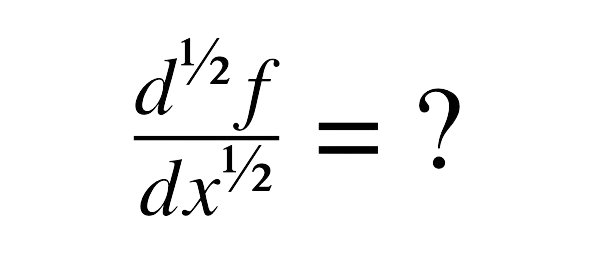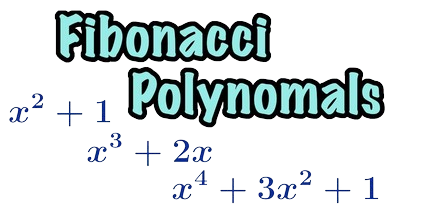Applications of Gegenbauer Polynomials Method,we develop a new algorithm for solving linear and nonlinear integral equations using Galerkin weighted residual numerical method with Gegenbauer polynomials. Gegenbauer polynomials [1] is given as
![]() (3.96)
(3.96)
![]()
![]() ,
,
![]()
![]()
![]()
![]()
.
.
..
Applications of Gegenbauer Polynomials Method
3.8.1 Volterra Integral Equation
Consider the Volterra Integral equation [2] as
![]() (3.104)
(3.104)
The exact solution of Eq. (3.104) is
![]() (3.105)
(3.105)
According to the proposed technique, consider the trail solution
![]() (3.106)
(3.106)
Consider 20th order Gegenbauer Polynomials, i.e. for n=20, we have Eq. (3.106) is
![]()
![]() (3.107)
(3.107)
Substituting Eq. (3.107) into Eq. (3.104)
![]() (3.108)
(3.108)
Now multiply Eq. (3.108) by ![]() and integrating both sides from 0 to 1, we have
and integrating both sides from 0 to 1, we have
![Rendered by QuickLaTeX.com \int _0^1((a_0+2βxa_1+(2x^2β+2x^2β^2-β)a_2+⋯\left(\left(\frac{1}{10}β-20x^2β+⋯β^{19}\right)a_{20}\right)G_j(x)dx=\int _0^1(5+2x^2)G_j(x)dx+\int _0^1[\int _0^x[a_0+2βta_1+(2t^2β+2t^2β^2-β)a_2+⋯\frac{1}{10}β-20t^2β+\dots β^{19})a_{20}]dt]G_j(x)dx,\ j=0,1,\dots ,20.](https://mathematicsglobe.com/wp-content/ql-cache/quicklatex.com-405b24f95d59be5260b7ff17025a41ed_l3.png) (3.109)
(3.109)
Now for ![]() the matrix form of Eq. (3.109) is
the matrix form of Eq. (3.109) is
![Rendered by QuickLaTeX.com \left[\begin{matrix}2.3333&\ \ \ 0&0.4667\ \ \ ...\ \ \ \ \ \ 0.0997\\ 0&2.9333&\ \ \ 0\ \ \ \ \ \ \ \ \ ...\ \ \ \ \ \ \ \ \ 0\\ \vdots &\ \ \ \vdots &\ \ \ \vdots \ \ \ \ \ \ \ \ \ \ ...\ \ \ \ \ \ \ \ \vdots \ \\ 0.1430&\ \ \ 0&0.2717\ \ \ ...\ \ \ \ 5.0061\end{matrix}\right]\left[\begin{matrix}a_0\\ a_1\\ \ \ \vdots \\ a_{20}\end{matrix}\right]=\left[\begin{matrix}11.333\\ \ \ \ 0\\ \ \ \ \vdots \\ 0.6676\end{matrix}\right]](https://mathematicsglobe.com/wp-content/ql-cache/quicklatex.com-f3bc925230e5d47ad6ea510b941c1314_l3.png)
After solving we get,
![]()
Consequently we have the approximate solution is,
![]()

Fig 3.10 Comparison of Exact and Approximate Solutions of Eq. (3.104) for n=20.
Table 3.10 Comparison of Exact and Approximate Solutions of Eq. (3.104) for n=20 obtained from Gegenbauer polynomials Method

Consider 50th order Gegenbauer Polynomials, i.e. for n=50, we have Eq. (3.106) is
![]()
![]() (3.111)
(3.111)
By Substituting
![]() (3.112)
(3.112)
Multiply Eq. (3.112) by ![]() and integrating both sides from -1 to 1,
and integrating both sides from -1 to 1,
![Rendered by QuickLaTeX.com \int _{-1}^1\left[(a_0+2βxa_1+⋯+(-\frac{1}{25}\ β+⋯x^{50}β^{50})a_{50})\right]G_j(x)dx=\int _{-1}^1(5+2x^2)G_j(x)dx+\int _{-1}^1\left[\frac{1}{6}\int _0^x(x-t)\left[(a_0+2βxa_1+⋯+(-1/25β+\dots t^{50}β^{50})a_{50})dt\right]G_j(x)dx,\right]](https://mathematicsglobe.com/wp-content/ql-cache/quicklatex.com-545cf820d8a02a34d9ef03b3fd49b817_l3.png) (3.113)
(3.113)
Applying the prescribed technique on Eq.(3.113) , we get the following system of equations,
![Rendered by QuickLaTeX.com \left[\begin{matrix}2.3333&1.2309&⋯\ \ \ 0.0384\ \ \\ \ 0&2.9333&⋯\ \ \ \ \ \ 0\\ \ \vdots &\ \ \ \vdots &\vdots \ \ \ \ \ \ \ \ \vdots \\ 0.0589&\ \ 0&⋯\ \ \ \ 5.8950\end{matrix}\right]\left[\begin{matrix}a_0\\ a_1\\ \ \vdots \\ a_{50}\end{matrix}\right]=\left[\begin{matrix}11.333\\ \ \ \ \ 0\\ \ \ \ \ \vdots \\ -0.2746\end{matrix}\right]](https://mathematicsglobe.com/wp-content/ql-cache/quicklatex.com-7c782b5d3b9dc3cda1be43de3a3217eb_l3.png)
After solving we get,
![]()
Putting the values back we get the approximate solution as,
![]()
Table 3.11 Comparison of Exact and Approximate Solutions of Eq. (3.104) for n=50 obtained from Gegenbauer polynomials Method
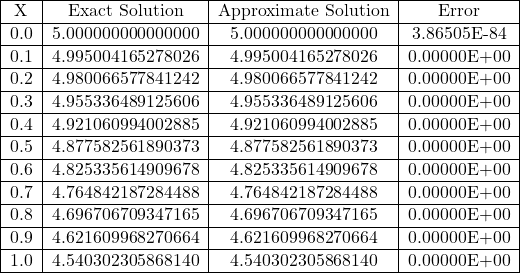
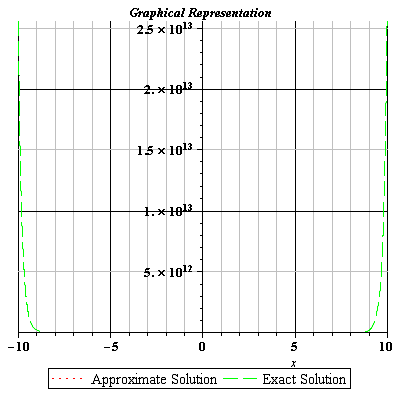
Fig 3.11 Comparison of Exact and Approximate Solutions of Eq. (3.104) for n=50.
3.8.2 Weakly Singular Integral Equation
Consider the Weakly singular Integral equation [2] as
![]() (3.115)
(3.115)
The exact solution of Eq. (3.115) is
![]() (3.116)
(3.116)
According to the proposed technique, consider the trail solution
![]() (3.117)
(3.117)
Consider 1st order Gegenbauer Polynomials, i.e. for n=1, we have Eq. (3.117) is
![]()
![]()
![]() (3.118)
(3.118)
Substituting Eq. (3.118) into Eq. (3.115)
![]() (3.119)
(3.119)
Multiply Eq. (3.119) by ![]() and integrating both sides from 0 to 1, we have
and integrating both sides from 0 to 1, we have
![Rendered by QuickLaTeX.com \int _0^1[a_0+2βxa_1]G_j(x)dx=\int _0^1(x^2-\frac{128}{45}\ x^{\frac{9}{4}})G_j(x)dx+\int _0^1[\int _0^x\frac{1}{(x-t)^{\frac{3}{4}}}\ [a_0+2βta_1]dt]\ G_j(x)dx,\ j=0,1.](https://mathematicsglobe.com/wp-content/ql-cache/quicklatex.com-b028fba2b5c401aaf212883f49df47be_l3.png) (3.120)
(3.120)
The matrix form of Eq. (3.120) is
![]()
After solving we get
![]()
Consequently we get approximate solution
![]()
Table 3.12 Comparison of Exact and Approximate Solutions of Eq. (3.115) for n=1 obtained from Gegenbauer polynomials Method (GPM)
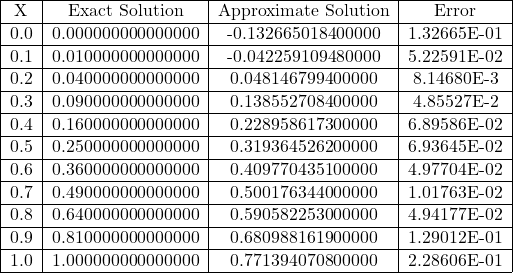

Fig 3.12 Comparison of Exact and Approximate Solutions of Eq. (3.115) for n=1.
Consider 2nd order Gegenbauer Polynomials, i.e. for n=2, we have Eq. (3.117) is
![]() (3.121)
(3.121)
Substituting Eq. (3.121) into Eq. (3.115)
![Rendered by QuickLaTeX.com u(x)=a_0+2βxa_1+(2x^2β+2x^2β^2-β)a_2=x^2-128/45x^{\frac{9}{4}}+\int _0^x\frac{1}{(x-t)^{\frac{3}{4}}}[a_0+2βta_1+(2t^2β+2t^2β^2-β)a_2]dt.](https://mathematicsglobe.com/wp-content/ql-cache/quicklatex.com-6934ca2e03308f140bacd0577b694869_l3.png) (3.122)
(3.122)
Now multiply Eq. (3.122) by ![]() and integrating both sides from 0 to 1, we have
and integrating both sides from 0 to 1, we have
![Rendered by QuickLaTeX.com \int _0^1[a_0+2βxa_1+(2x^2β+2x^2β^2-β)a_2]G_j(x)dx=\int _0^1(x^2-128/45x^{\frac{9}{4}})G_j(x)dx+\int _0^1[\int _0^x[a_0+2βta_1+(2t^2β+2t^2β^2-β)a_2]dt]G_j(x)dx,\ j=0,1,2.](https://mathematicsglobe.com/wp-content/ql-cache/quicklatex.com-04a7c183c4d7ea56ba2adf7e0d690c3e_l3.png) (3.123)
(3.123)
The matrix form of Eq. (3.123) is
![Rendered by QuickLaTeX.com \left[\begin{matrix}-\frac{11}{5}&-\frac{83}{45}&\frac{19}{585}\\ -\frac{23}{15}&-\frac{508}{195}&-\frac{611}{765}\\ -\frac{271}{195}&-\frac{1667}{765}&-\frac{23483}{12285}\end{matrix}\right]\left[\begin{matrix}a_0\\ a_1\\ a_2\end{matrix}\right]=\left[\begin{matrix}-\frac{317}{585}\\ -\frac{1283}{1530}\\ -\frac{10139}{12285}\end{matrix}\right]](https://mathematicsglobe.com/wp-content/ql-cache/quicklatex.com-23861e50ab68f635445cdbf0dbc6a68a_l3.png)
After solving we get
![]()
Consequently we have the exact solution is
![]() (3.124)
(3.124)
Table 3.13 Comparison of Exact and Approximate Solutions of Eq. (3.115) for n=2 obtained from Gegenbauer polynomials Method (GPM)
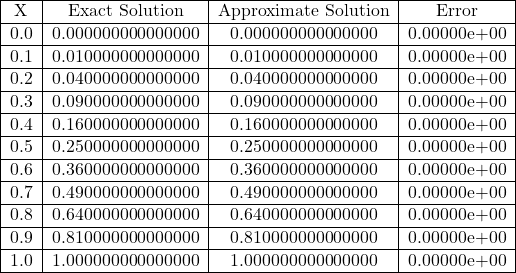

Fig 3.13 Comparison of Exact and Approximate Solutions of Eq. (3.115) for n=2.
3.8.3 Fredholm Integral Equation
Example 3.23 Consider the Fredholm Integral equation [2] as
![]() (3.125)
(3.125)
The exact solution of Eq. (3.125) is
![]() (3.126)
(3.126)
According to the proposed technique, consider the trail solution
![]() (3.127)
(3.127)
Consider 2nd order Gegenbauer Polynomials, i.e. for n=2, we have Eq. (3.127) is
![]() . (3.128)
. (3.128)
Substituting Eq. (3.128) into Eq. (3.125)
![]() (3.129)
(3.129)
Now multiply Eq. (3.119) by ![]() and integrating both sides from 0 to 1, we have
and integrating both sides from 0 to 1, we have
![]() (3.130)
(3.130)
Now for ![]() , the matrix form of Eq. (3.130) is
, the matrix form of Eq. (3.130) is
![Rendered by QuickLaTeX.com \left[\begin{matrix}-\frac{1}{4}&-\frac{1}{3}&-\frac{1}{4}\\ -\frac{1}{3}&-\frac{1}{9}&-\frac{1}{3}\\ -\frac{1}{4}&-\frac{1}{3}&-\frac{211}{180}\end{matrix}\right]\left[\begin{matrix}a_0\\ a_1\\ a_2\end{matrix}\right]=\left[\begin{matrix}\frac{1}{12}\\ \frac{1}{10}\\ \frac{1}{20}\end{matrix}\right]](https://mathematicsglobe.com/wp-content/ql-cache/quicklatex.com-4dfab3090747b4240ff38b07004b2062_l3.png)
After solving we get
![]()
Consequently we have the approximate solution is
![]()
Table 3.14 Comparison of Exact and Approximate Solutions of Eq. (3.125) for n=2 obtained from Gegenbauer polynomials Method (GPM)
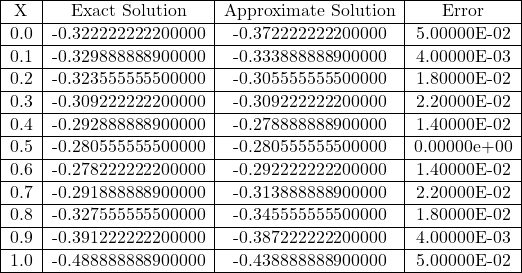
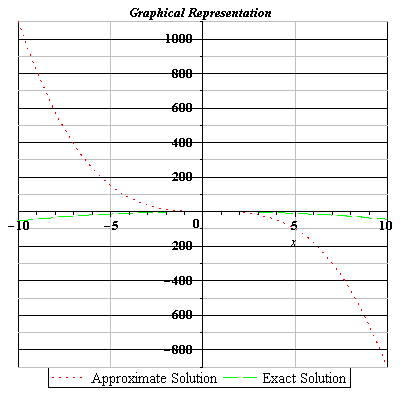
Fig 3.14 Comparison of Exact and Approximate Solutions of Eq. (3.125) for n=2.
Consider 3rd order Gegenbauer Polynomials, i.e. for n=3, we have Eq. (3.127) is
 (3.131)
(3.131)
Substituting Eq. (3.131) into Eq. (3.125)
![Rendered by QuickLaTeX.com u(x)=a_0+2βxa_1+(2x^2β+2x^2β^2-β)a_2+\left(\frac{8}{3x^3}β+4x^3β^2-2βx+4/3x^3β^3-2xβ^2\right)a_3=x^2-x^3+\int _0^1(1-xt)[a_0+2βta_1+(2t^2β+2t^2β^2-β)a_2+\left(\frac{8}{3t^3}β+4t^3β^2-2βt+\frac{4}{3t^3}β^3-2tβ^2\right)a_3]dt.](https://mathematicsglobe.com/wp-content/ql-cache/quicklatex.com-ee237dd6fddfa1a30ac859e0fbf65eac_l3.png) (3.132)
(3.132)
Now multiply Eq. (3.132) by ![]() and integrating both sides from 0 to 1, we have
and integrating both sides from 0 to 1, we have
![]() (3.133)
(3.133)
Now for ![]() equation (3.133) can be written in the matrix form as,
equation (3.133) can be written in the matrix form as,
![Rendered by QuickLaTeX.com \left[\begin{matrix}-0.2500&-0.3333&-0.2500\ \ \ -0.1333\\ -0.3333&-0.1111&0.3333\ \ \ \ \ \ \ \ 0.3556\\ -0.2500&0.3333&1.1722\ \ \ \ \ \ \ \ 1.2000\\ =0.1333&0.3556&1.2000\ \ \ \ \ \ \ \ 1.6051\end{matrix}\right]\left[\begin{matrix}a_0\\ a_1\\ a_2\\ a_3\end{matrix}\right]=\left[\begin{matrix}\ \ 0.0833\\ \ \ 0.1000\\ \ \ 0.0500\\ -0.0095\end{matrix}\right]](https://mathematicsglobe.com/wp-content/ql-cache/quicklatex.com-e3fa7927a6bbc797563509b318b1af05_l3.png)
After solving we get
![]()
Consequently we have exact solution as
![]()
Table 3.15 Comparison of Exact and Approximate Solutions of Eq. (3.125) for n=3 obtained from Gegenbauer polynomials Method
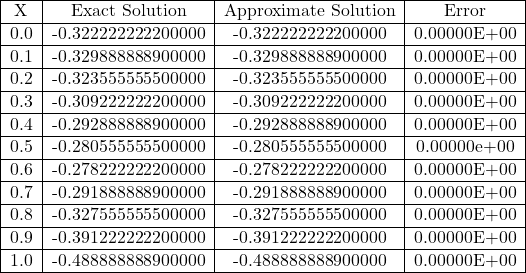
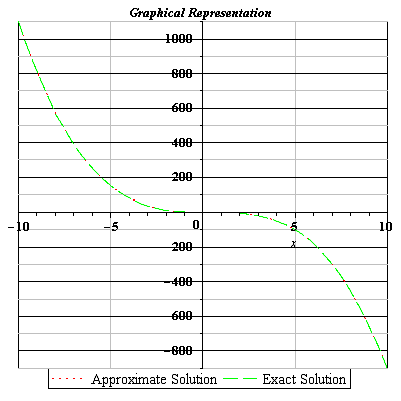
Fig 3.15 Comparison of Exact and Approximate Solutions of Eq. (3.125) for n=3.
References
[1]. H.Exton, New generating function for Gegenbauer polynomial. Computation Applied Mathematics, 67 (1), 191-193, 1996.
[2]. A.M. Wazwaz, Linear and Nonlinear Integral Equations Method and Applications. Springer Heidelberg Dordrecht London, New York. 2011.
[3]. A.M. Wazwaz, Burgers Hierarchy in (2+1)-dimensions: Multiple Kink Solutions and Multiple Singular Kink Solution. International Journal of Nonlinear Science. 10. No.1, 3-11. (2010).
